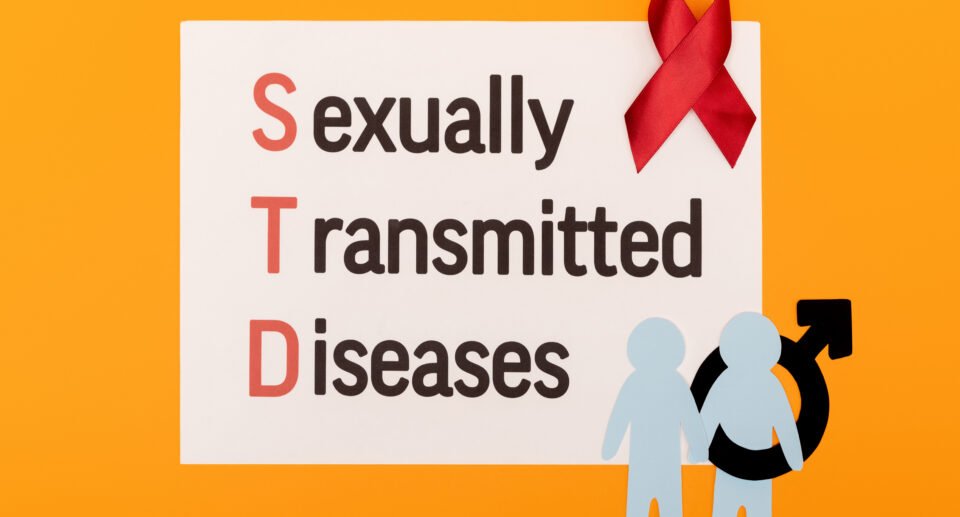What Is Spindle Cell Lung Cancer?
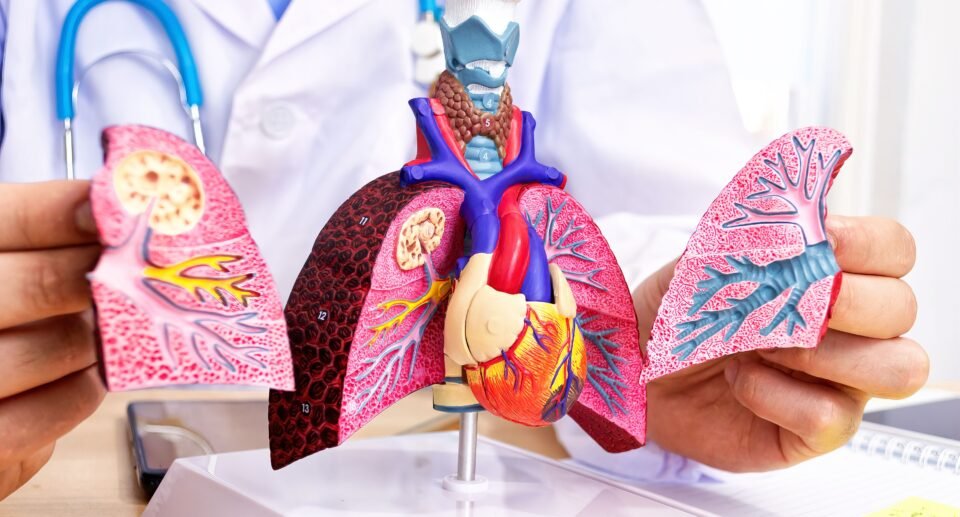
Spindle cell lung cancer is one of the less common and the most unyielding types of lung cancer. The plural non-small lung cancer morphology hip woman suffers from carcinoma or more within the line. The shape of the cancerous cells, when viewed through a microscope, resembles that of a spindle or stretched shape they appear long and narrow.
Symptoms:
Spindle cell lung cancer symptoms may not differ from other types of lung cancer and present the following signs:
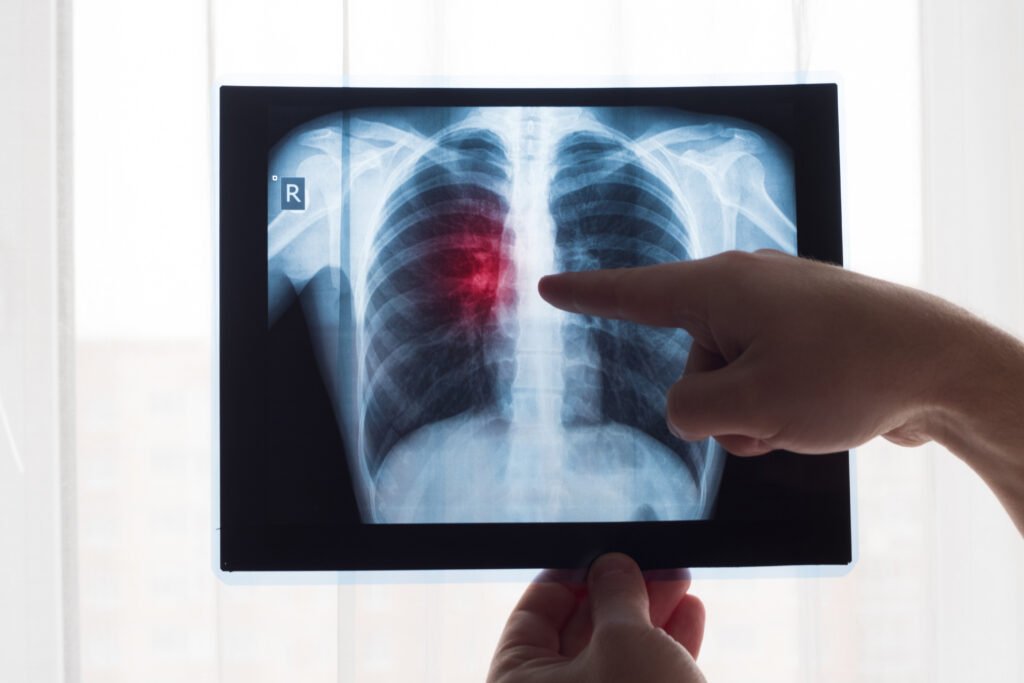
Persistent Cough:
A cough that refuses to go away or worsens over days, weeks, and even months.
Chest Pain:
Pain or any other discomfort to a person in the front part of the body between the ribs.
Shortness of Breath:
A sensation that one has too little air or finds it difficult to get oxygen for an organism.
Weight Loss:
Unwanted weight loss that occurs without trying.
Fatigue:
Persistent tiredness that does not go away with sleep and remains constant.
Causes and Risk Factors:
It is still unclear what causes spindle cell lung cancer. However, one can say that certain factors can be the causes of skin cancer:

Smoking:
The most common cause of all other types of lung cancer.
Exposure to Toxins:
For instance, Asbestos, Radon gas, or other multi-factory chemicals.
Past Radiation Therapy:
Any previous radiation therapy that includes the chest may increase risk.

Family History:
There may be the cause of the lung cancer as relevant in the family history.
Diagnosis:
The diagnosis of spindle cell lung cancer includes the following steps:
Medical History and Physical Exam:
Reviewing complaints and assessing the condition of the patient.
Chest X-ray:
X-rays can assist a physician in identifying a tumor or other abnormality within the bones. Doctors can determine cancer by using X-rays if they observe an expansion in the chest. Metastatic disease of spindle cell sarcoma usually affects the lungs first before extending to other regions of the anatomy.
CT Scan:
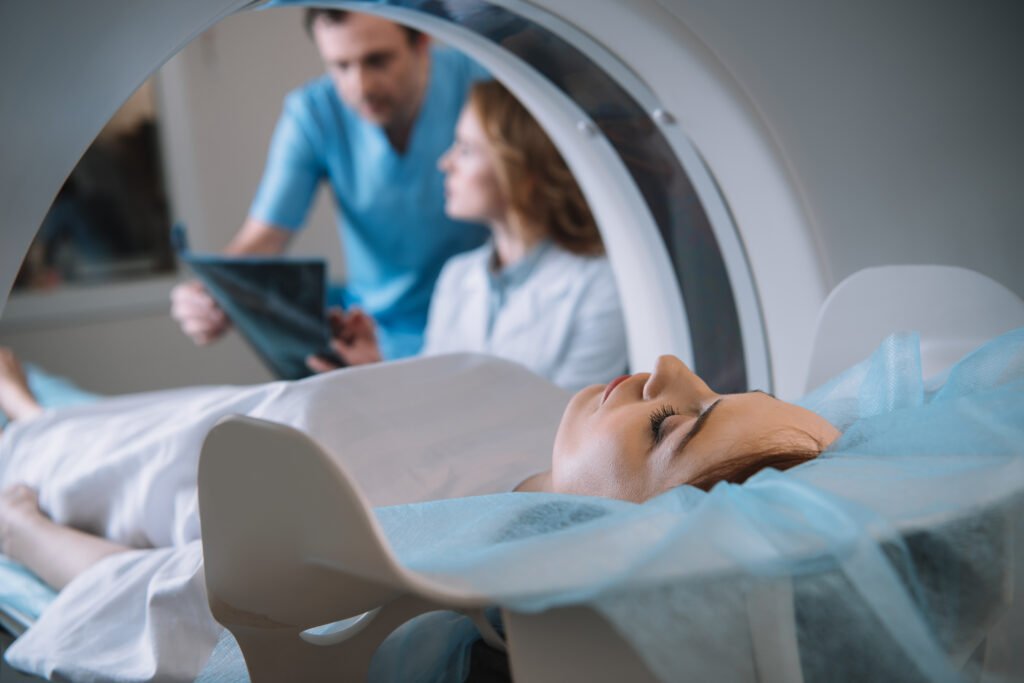
The technology involves the use of X-rays combined with a computer to give a three-dimensional scan of your bones and other soft structures in the body. For those with spindle cell sarcoma, CT scans help determine the extent of the disease and whether it has spread to nearby soft tissues. As in surgery, they are useful in assessing healing processes and risk assessment for obvious or potential bony defects.
MRI:
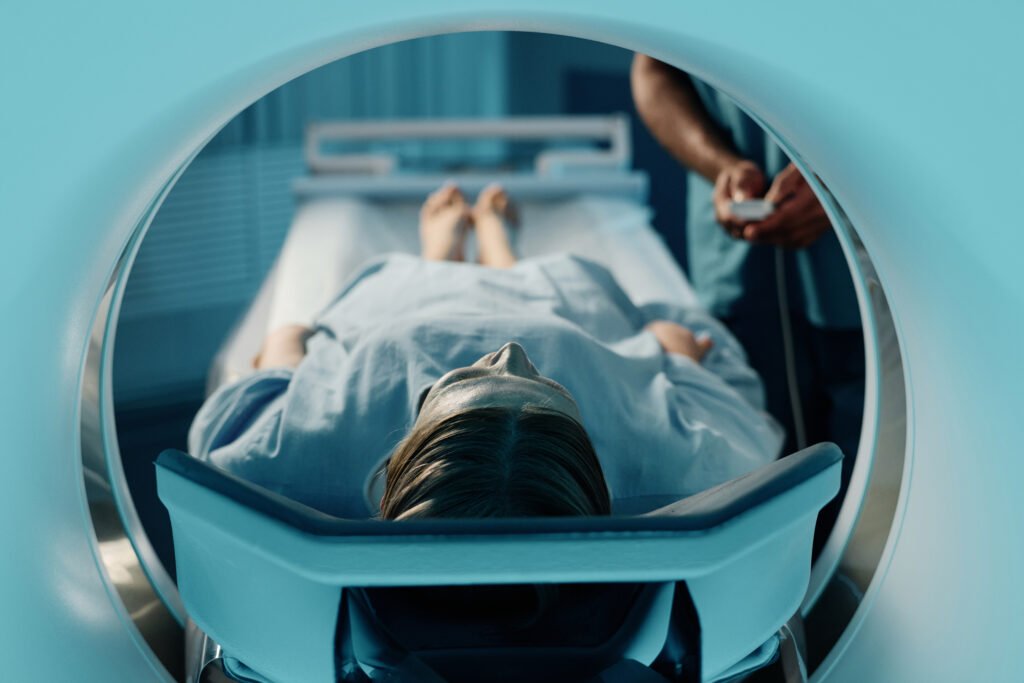
The MRI machine is a contained structure that employs a magnetic field, energy waves, and a computer to capture internal views of the body. The MRI machine provides clear visualization of soft tissues, unlike X-rays. This helps a lot in locating soft tissue lumps that may be sarcomas because MRI is very sensitive to soft tissues.
PET Scan:
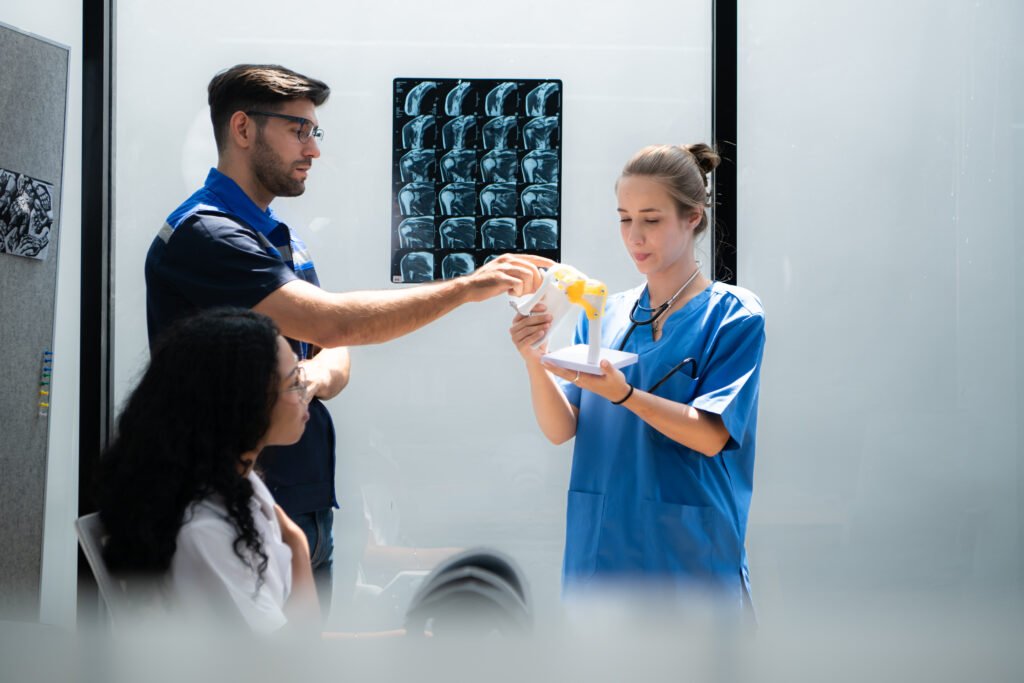
Spindle cell sarcomas that haven’t been diagnosed can also be found in certain circumstances that have already spread. Also, in the case of several therapies, it is not uncommon that PET scans are needed to monitor the efficiency of the treatment conducted. It is not necessary for all the patients having sarcoma to perform PET scans but your caregiver oncologist will guide you if it is needed.
Biopsy:
Taking out a small piece of the lung and looking at the cells under a microscope.
Laboratory Tests:
Examining cells for cancer type.
Treatment of cancer:
Surgery:
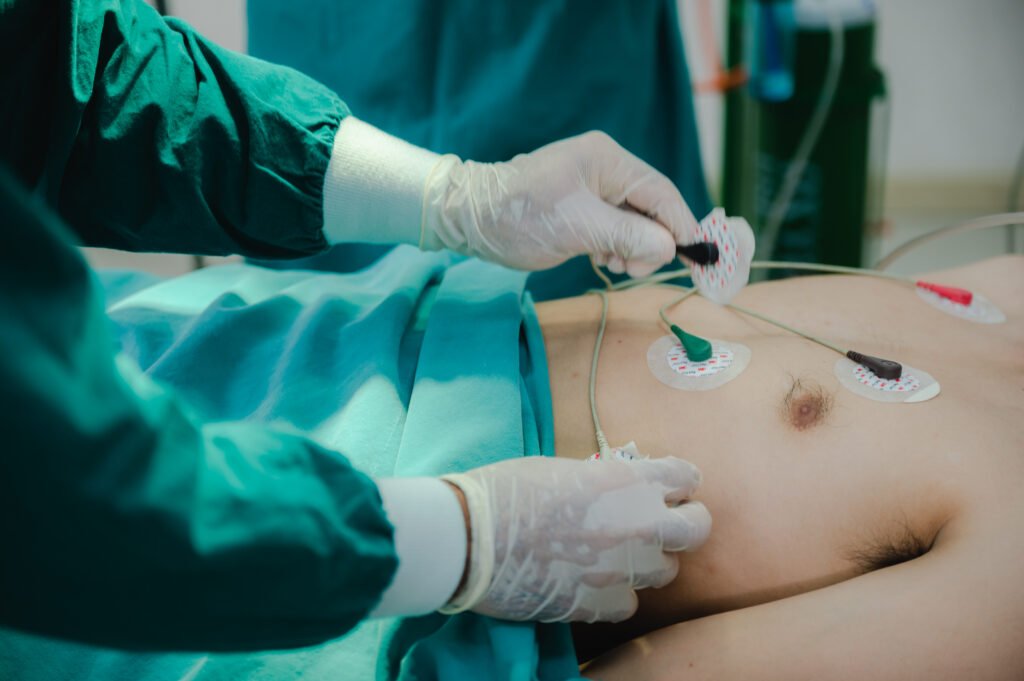
The main goal of the surgery is the resection of the tumor with the maximum sparing of the lung tissue. Complete excision of the main tumor and a few surrounding regions will bring about freedom from cancer. Despite this, it is far more difficult to eliminate the disease after its dispersal beyond the primary lesion.
Chemotherapy:
Chemotherapy refers to the systemic eradication of cancerous cells by the administration of drugs. You may receive chemotherapy before your operation to reduce the size of the tumor to help make its removal easier. Chemotherapy may also be used post-operatively if there are resting tumor cells clinically undetectable post-surgery. Although a cure for the cancer may not be possible, most patients do benefit from the use of chemotherapy through alleviation of pain and increasing one’s functioning abilities.
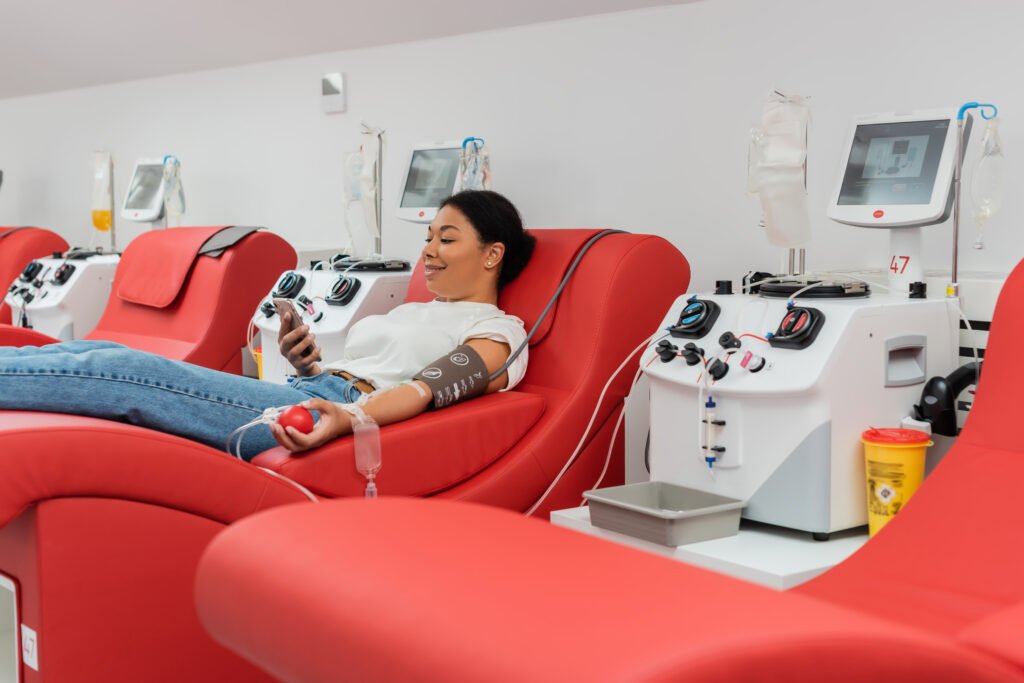
Most patients receive a combination of chemotherapy regimen drugs so that the treatment can be more effective. You will likely require different chemotherapy agents perhaps on your second cycle if the first one isn’t effective or the cancer comes back after you achieve remission.
Radiation Therapy:
The use of a machine known as a linear accelerator (linacs) is made possible in external beam radiation therapy (EBRT), where X-rays are directed to the tumor to eliminate the cancer cells. If you cannot undergo surgery, you may have to consider using radiation to eliminate the tumor instead. In some cases, the deep-seated location of the tumor may make surgery impractical.
Prognosis and Outlook:

Spindle cell lung cancer is fast spreading as it tends to be very aggressive. This is why timely intervention with treatment offers a better outcome. Survival rates will differ with regards to e.g.:
The stage at Diagnosis:
This concerns how cancer was an identified disease. Most early stages of the disease will tend to be favorable.
Overall Health:
This looks at overall health and readiness to take clot-busting medication.
Range of Spindle Cell Sarcoma:
Spindle cell sarcoma is typically a high-grade tumor, meaning it has an aggressive tendency in terms of growth.
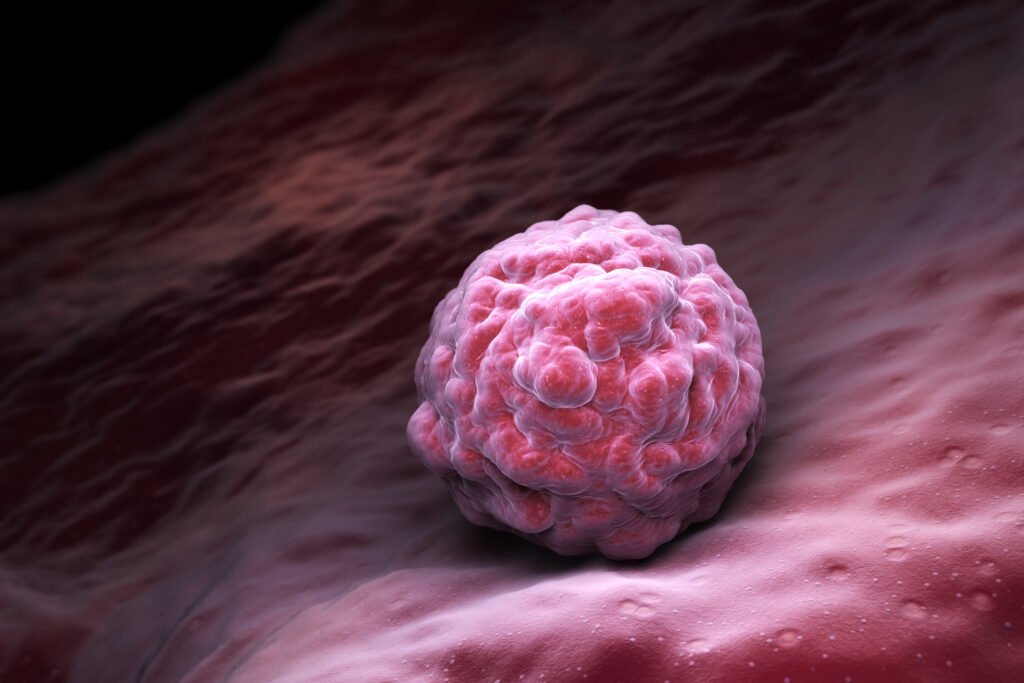
Radiations, chemotherapy, surgery and sometimes targeted therapy are among the effective weapons for the specific type of cancer you have, its current level, your health condition, and relation to treatment among other issues. Of all the people who can explain what the diagnosis means for you, the doctor is the most qualified.
Is Spindle Cell Sarcoma Treatable?
Spindle cell sarcoma is one of the tumors that, if resected completely, can be fully cured by the treating physician. Treating the disease is very easy if it is confined to one area. Treatment of disseminated sarcomas is a lot more difficult. In such cases, it is often impossible to cure spindle cell sarcoma that has metastasized to other organs.
What other actions can we adopt?

Depending on the amount of lung tissue removed during the surgery, other procedures may be necessary. These may also provide additional supportive care for improved living conditions. For example, there is a possibility that there are any remaining cancer cells, after your surgery, that will require chemotherapy or radiation treatment. You would also be undergoing routine visits and scans to monitor your progress. However, you may have an adaptation period due to altered lung tissues and may require training cups or pulmonary rehabilitation.
Note from Cleveland Clinic:

The very condition may cause weakness in the individual. Therapies can also have some sideways and it may be tedious work, for instance, when it is about breathing. It’s important to assist patients in disclosing themselves as fast as possible so that they know their disease and whether it can be treated or not. Investigate the objectives of the medical procedure and what consequences those can have on your everyday activities while being in the process of therapy and recovery. Yes, spindle cell lung cancer can be aggressive in that regard and yes it is good in that regard also and some steps have to be taken.




